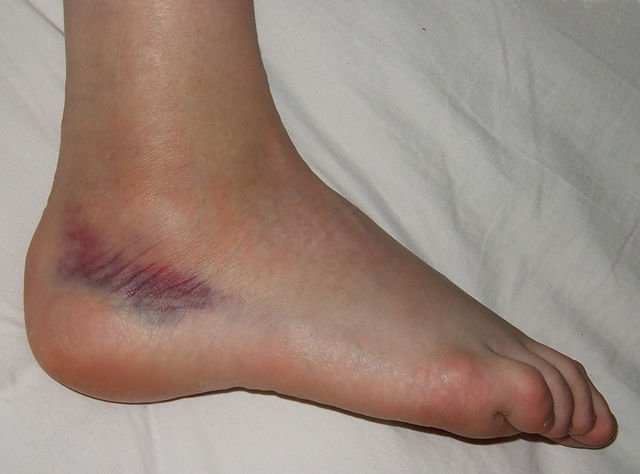
Do all ankle injuries need an x-ray? Multiple medical studies that have been confirmed time and time again, the answer is clearly no. You probably would not guess this by visiting or working in Emergency Departments or Urgent Care Centers across this country full of health care providers afraid of missing ANY diagnosis. Maybe it is just that those providers are just too busy to think through and apply the researched and published guidelines on who does or does not need an x-ray. Health care providers could be saving the patient precious time and money while avoiding unnecessary testing and radiation. Studies have shown that correct application of these rules can reduce the number or unnecessary x-rays by 30-40% and is sensitive enough of a test to pick up nearly 100% of fractures.
For patients that injure an ankle, telemedicine is a modality of seeing the patient where utilizing these guidelines could save the patient an unnecessary and painful trip. The guidelines that I speak of are the Ottowa ankle rules. These set of rules that guide the clinician to who does or does not need an x-ray has been validated on thousands of patients aged 2 and older. Granted, there have not been specific studies as pertains to its application in the telemedicine evaluation but by confidently engaging the patient in the exam, all of the features of the rules can be approached through a video examination.
Let's start by going over the rules:
AN ANKLE X-RAY SERIES IS ONLY REQUIRED IF:
1. There is tenderness to palpation at the posterior edge or tip of the distal 6cm of the lateral malleolus
OR
2. There is tenderness to palpation at the posterior edge or tip of the distal 6cm of the medial malleolus
OR
3. The patient was unable to bear weight both immediately after injury and at the time of presentation

Now the next question is how to apply this to the patient being seen over a video connection. As is usual in telemedicine, the key is in fully engaging the patient in an honest history and an expertly guided self-examination.
History:
Physical:
After performing the above history and physical, an experienced health care provider should be able to reliably ascertain whether or not a patient needs to go an get an x-ray series performed or can rest, ice, elevate, and immobilize at home. With careful application, you are unlikely to miss a significant injury and some patients are less likely to waste extra time and money getting unnecessary tests performed.
References: